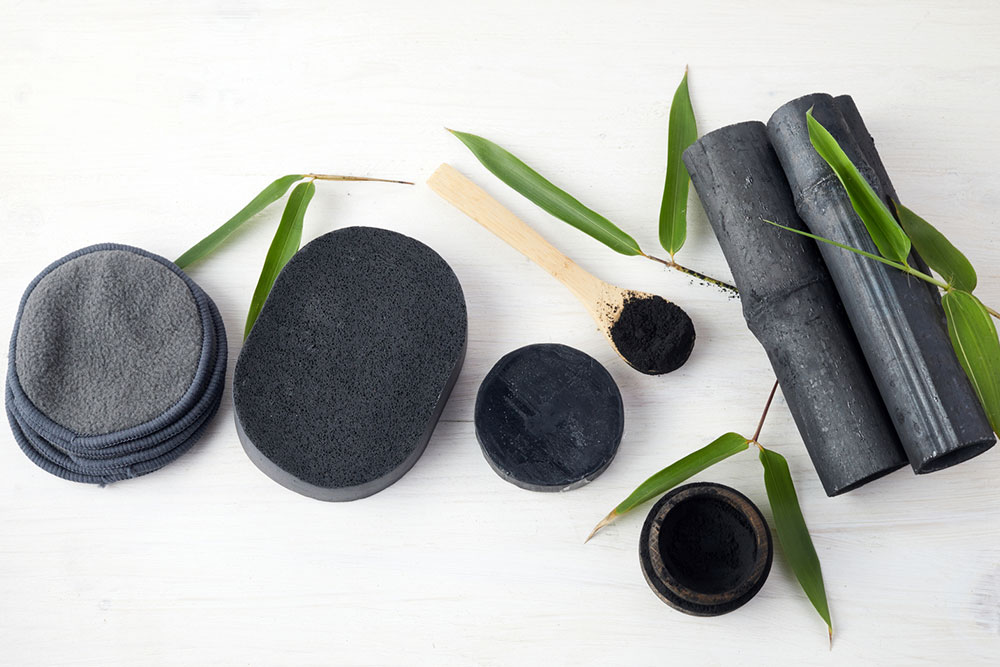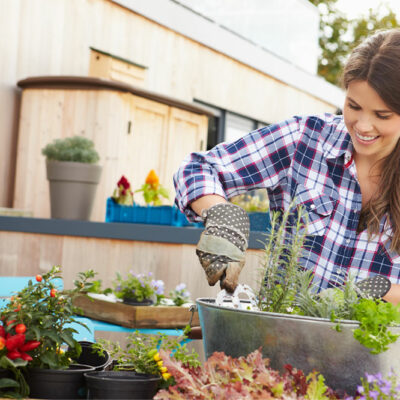
7 eco-friendly mistakes to avoid when shopping
Over the last few years, many people have become more environmentally conscious. This has prompted them to make sustainable lifestyle choices, such as avoiding plastic bags, recycling, investing in eco-friendly products, etc. However, this is not enough. With modern marketing and misleading branding, many of these perceived “sustainable” acts may harm the environment. Read on to learn more about seven sustainable shopping mistakes that aren’t as eco-friendly and must be avoided.
Constantly buying reusable shopping bags
For a while now, cotton tote bags have been promoted as the more environmentally friendly option for shopping. While this is true compared to single-use plastics, one must also look at the ecological impact of repeatedly buying and discarding reusable bags. Over time, these end up in landfills, thus increasing waste production.
The best way to avoid this is by relying on the reusable bags one currently owns and avoiding buying new ones on every shopping trip.
Buying a product just because it says “eco-friendly”
While it is impossible to go off the grid when it comes to shopping completely, one must also recognize that there is no need to buy a product simply because it is marketed as “green” or “eco-friendly,” especially when one already owns a similar version. This is counterproductive and entirely defeats the purpose of building a sustainable lifestyle. To fix this, one must use products until completely worn out. Try to fix or repair them when possible instead of discarding them in the trash. Buy products made from responsibly sourced materials or local, homegrown brands.
Impulse buying
Another common mistake people make is walking into a store without a list, as this results in impulse buying. Not only does one spend more, but they also wind up with more things than they use, increasing the amount of trash generated. The solution to this problem is simple – always make a shopping list at the store or online. Diligently stick to this list, and avoid using any products that will not be used in the next few days.
Believing the labels blindly
There are no clear rules or guidelines for marketing products as “green,” “eco-friendly,” or “sustainable.” Companies use this to their advantage when designing packaging and marketing campaigns. Don’t fall for these labels blindly.
Lax regulations also mean that there is no definition of which products can be called “natural” or “chemical-free.” Many skincare and wellness companies profit from this loophole, often tricking unsuspecting customers into buying their products. They tend to do this using greenwashing, where they plaster images of plants or use fake wood to package their products. Although this gives them a more “natural” appearance, the ingredients of these products are anything but natural. To avoid falling for this, begin by understanding what labels and logos stand for. Make it a habit to read the ingredient list to gain as much information about the product as possible. Read up about the brand’s values and ideologies as well. Additionally, when buying groceries and everyday staples such as soap, dish soap, surface cleaners, disinfectants, etc., look for packaging-free or refillable alternatives at sustainable stores.
Eco-friendly clothes
Eco-friendly clothing is easy to come by. Generally, it is made from natural fabrics, such as wool, cotton, and silk, instead of nylon and polyester. Buying natural, eco-friendly clothing is generally a good way to practice sustainability. Since this can be expensive, one can opt for second-hand or thrift clothing. Not only does this turn out to be cheaper, but it also saves some clothes from ending up in landfills.
However, one must remember to be responsible when buying clothes and look for classic pieces that do not go out of fashion instead of buying the latest fads. This can go a long way in building a sustainable lifestyle.
Jumping into a zero-waste lifestyle
Transforming one’s life into a zero-waste or eco-friendly lifestyle takes some time. Jumping into it all at once can feel overwhelming, cause a green burnout, or even result in individuals reverting to their old ways. One must think of this as a journey, take small steps, and adopt small facets of eco-friendliness at a slow but steady pace.
Recycling (without proper protocols)
Recycling has long been hailed as the holy grail of sustainability. However, due to the rampant misinformation, many people do not know how to recycle correctly. As a result, they engage in ‘aspirational recycling,’ where, despite good intent, the discarded products end up in landfills. While recycling paper boxes, plastic cartons, and bottles is generally straightforward, other things can be slightly confusing.
For instance, when not recycled properly, electronic waste, pizza boxes with grease on them, and even paper waste in a plastic bag will end up in landfills and contaminate the earth. To avoid this, learning the local recycling code and following the instructions carefully is a good idea. Make it a practice to follow the city or area’s recycling protocols to ensure minimal waste generation.
Some other ways to become a more responsible and eco-friendly shopper include buying from local shops, opting for fresh in-season produce, reducing online delivery orders, and avoiding buying pre-washed groceries.


